An oasis of electrical ingenuity can be found at the site of Meta’s hyper-scale data center in Mesa Arizona.
There’s a reason why saying someone is “working in the trenches” refers to grueling, thankless, and sometimes dangerous work. This phrase certainly applies to projects where extensive lengths of conduits need to be routed underground. The combination of tight spaces, rough terrain, and strict specifications make even the simplest of tasks turn into massive headaches.
Fortunately, managers, foreman, and field workers tasked with 240 miles of conduit trenches at the Meta Hyper-Scale Data Center in Mesa, Arizona have developed a method of taking much of that work outside of the trench. The result is a streamlined installation process with less risk for mistake or injury.
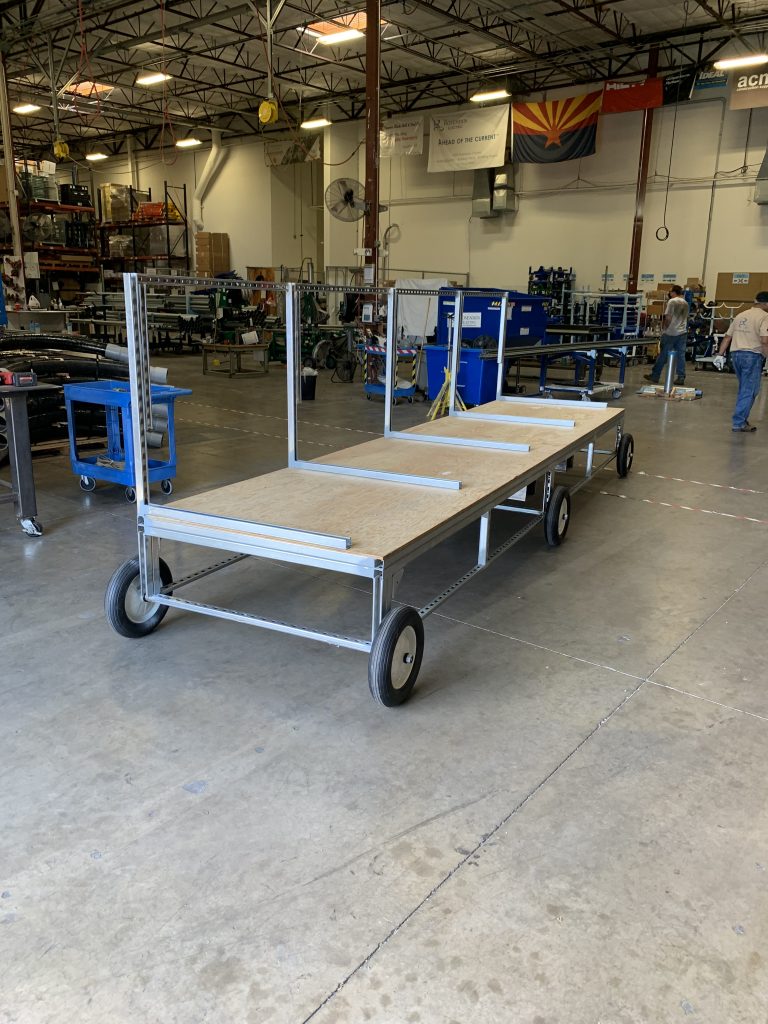

The prefab starts with building a mobile trench card table that is customized to the project’s specifications for the length, width, and spacing of the trench cards. With consistent positions between cards, the PVC conduit can slide through all 5 trench cards with minimal effort.
With the trench cards full, the duct bank sections can be lifted off of the card tables and maneuvered into the trench
The trench card story poles are the key to a professional installation. The slots on the pole keep the cards at exactly the correct distance and orientation during the installation of the strut stakes on both sides of the trench card.
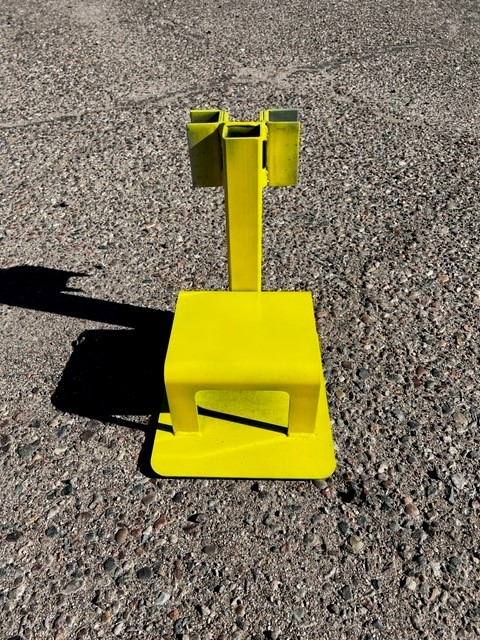
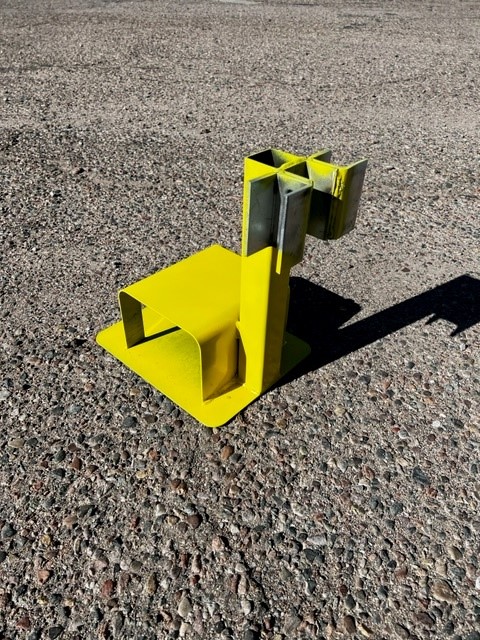
In addition to the story pole, a custom yellow guide holds the strut in perfect position as it is being driven into the ground. This guide allows the installer to use their foot to keep everything in place while providing a metal cover for protection. The square shape of the strut also gives the flexibility to apply the guide from multiple angles by turning the device 90 degrees.
The videos below show the strut stake guides in action!
Other data center worksites have used similar methods to construct duct banks, but improvements to this method in Mesa have added mobile functionality to the carts, the ability to prefab on site, and the ability to install two duct banks simultaneously.
Furthermore, the simultaneous installation of multiple duct banks keeps electricians installing conduit at a steadier pace and increases the efficiency of the forklift’s movement down the trench. The result is a 40% increase in productivity as quoted by the field superintendent in Meta’s article about the project.
With an ever increasing demand for data storage and access, these strategies put Rosendin in prime position to continue to lead data center projects into the future.

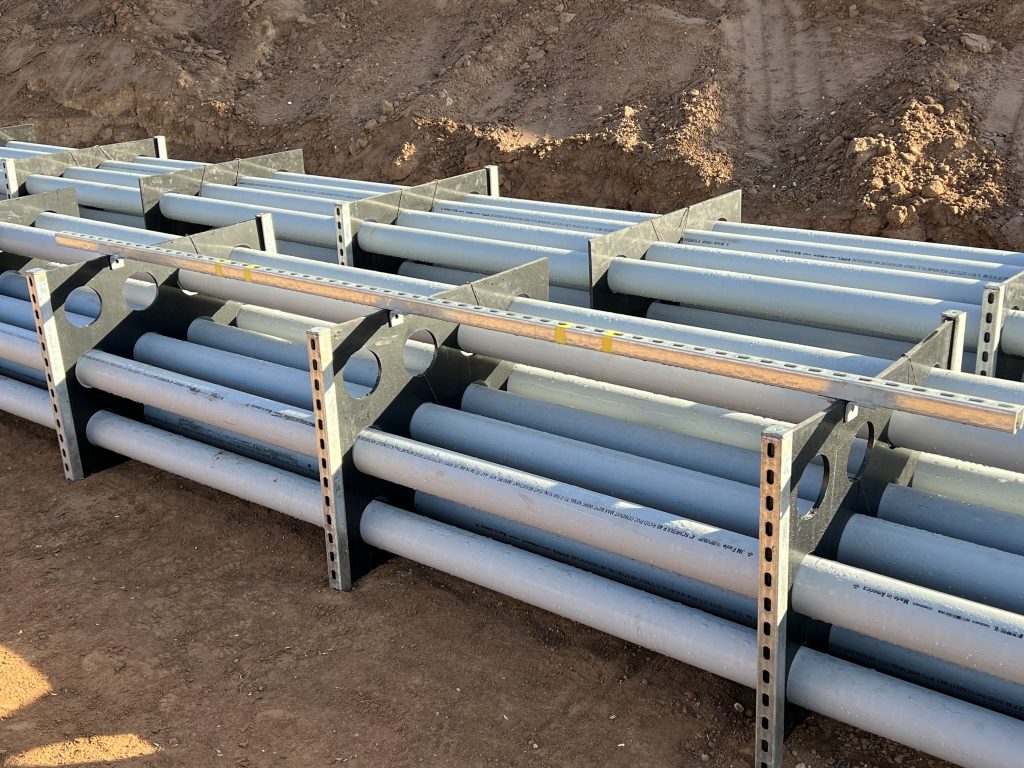
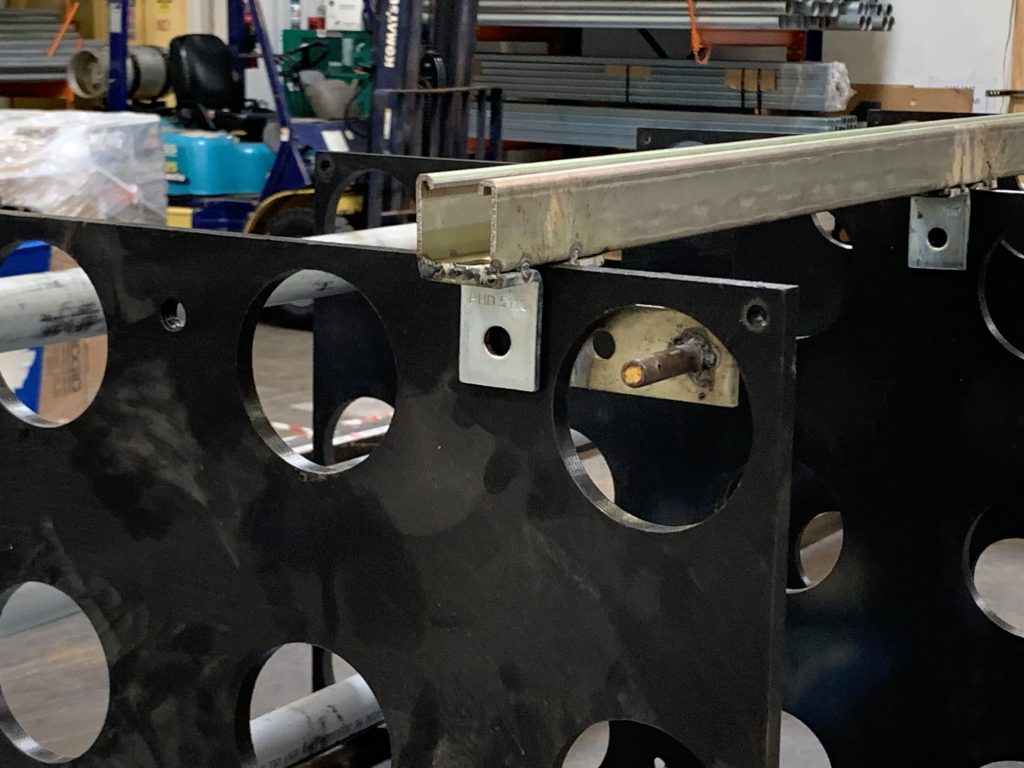
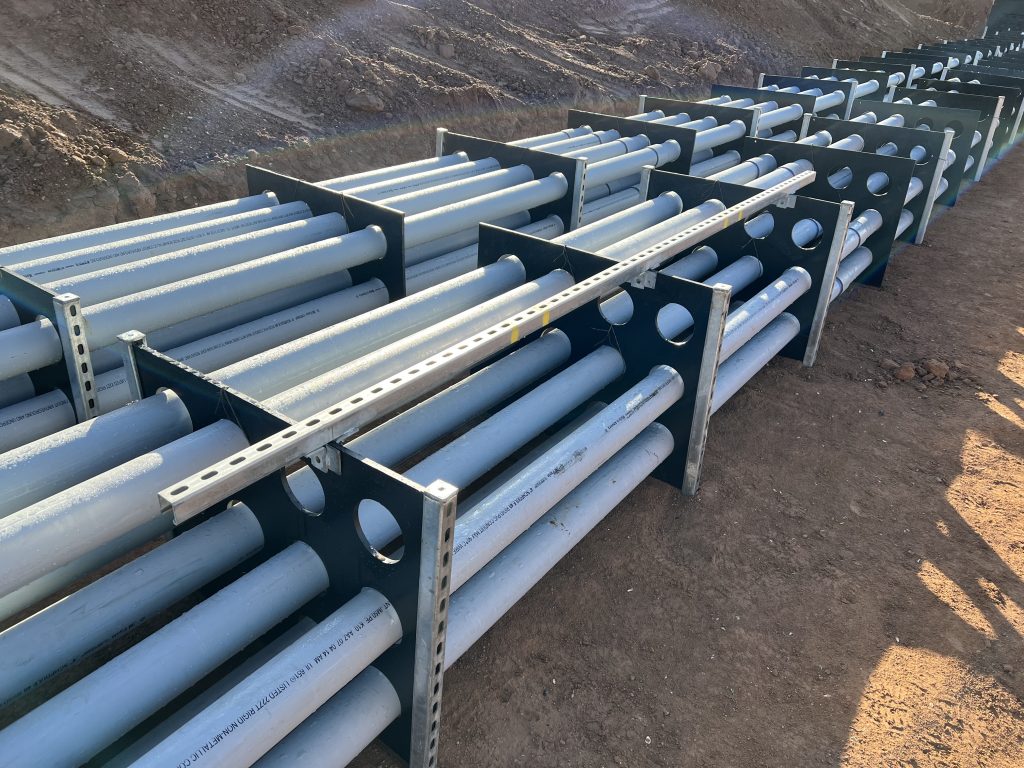
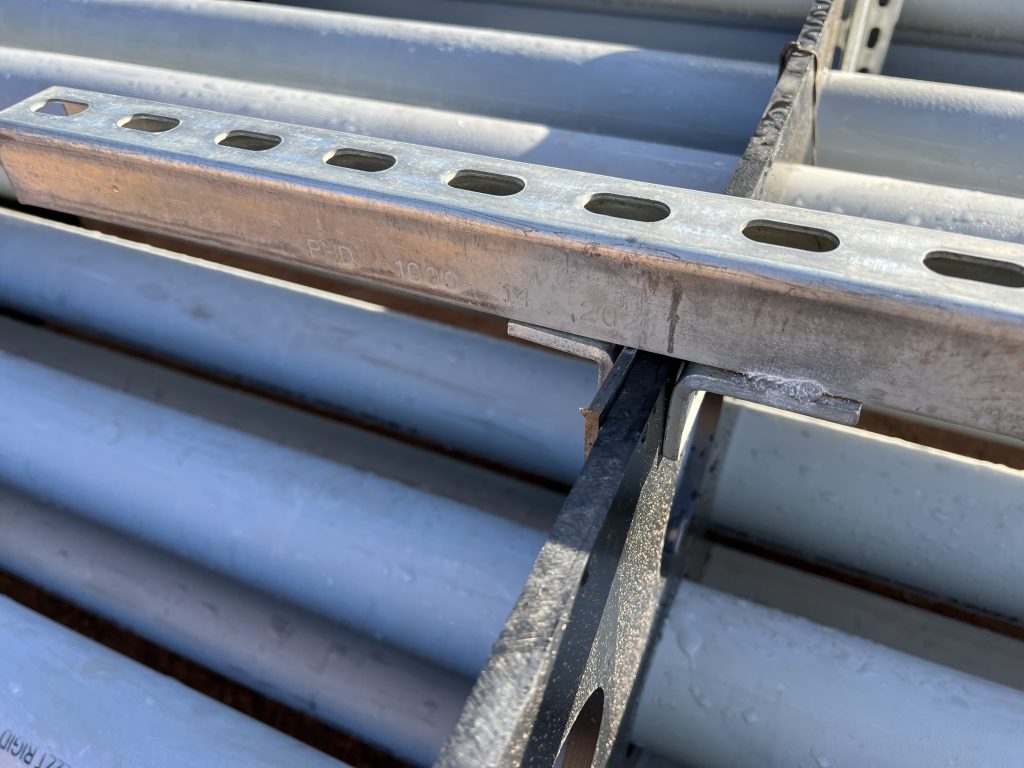


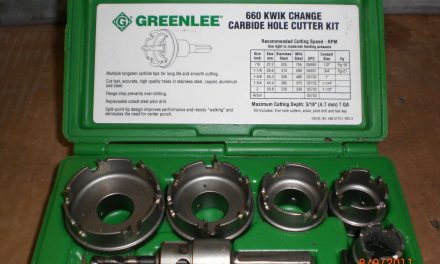
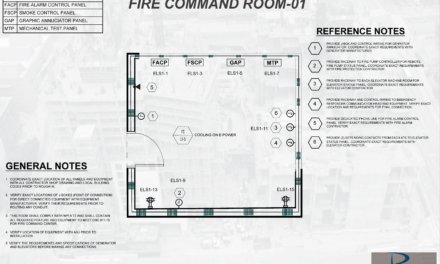
Recent Comments